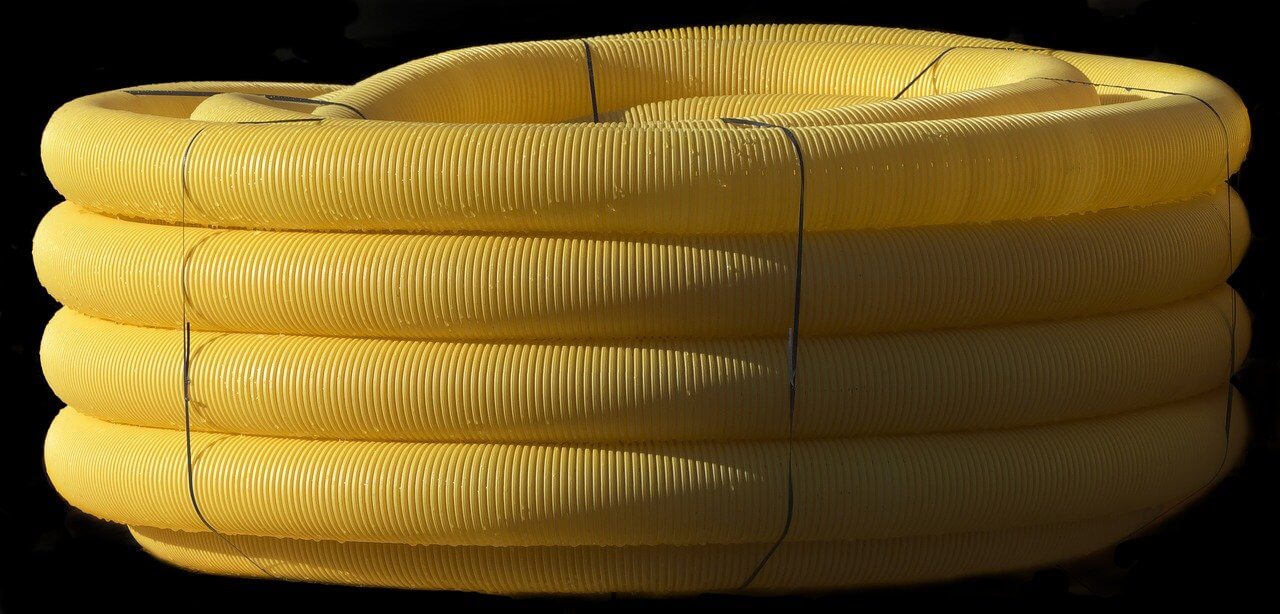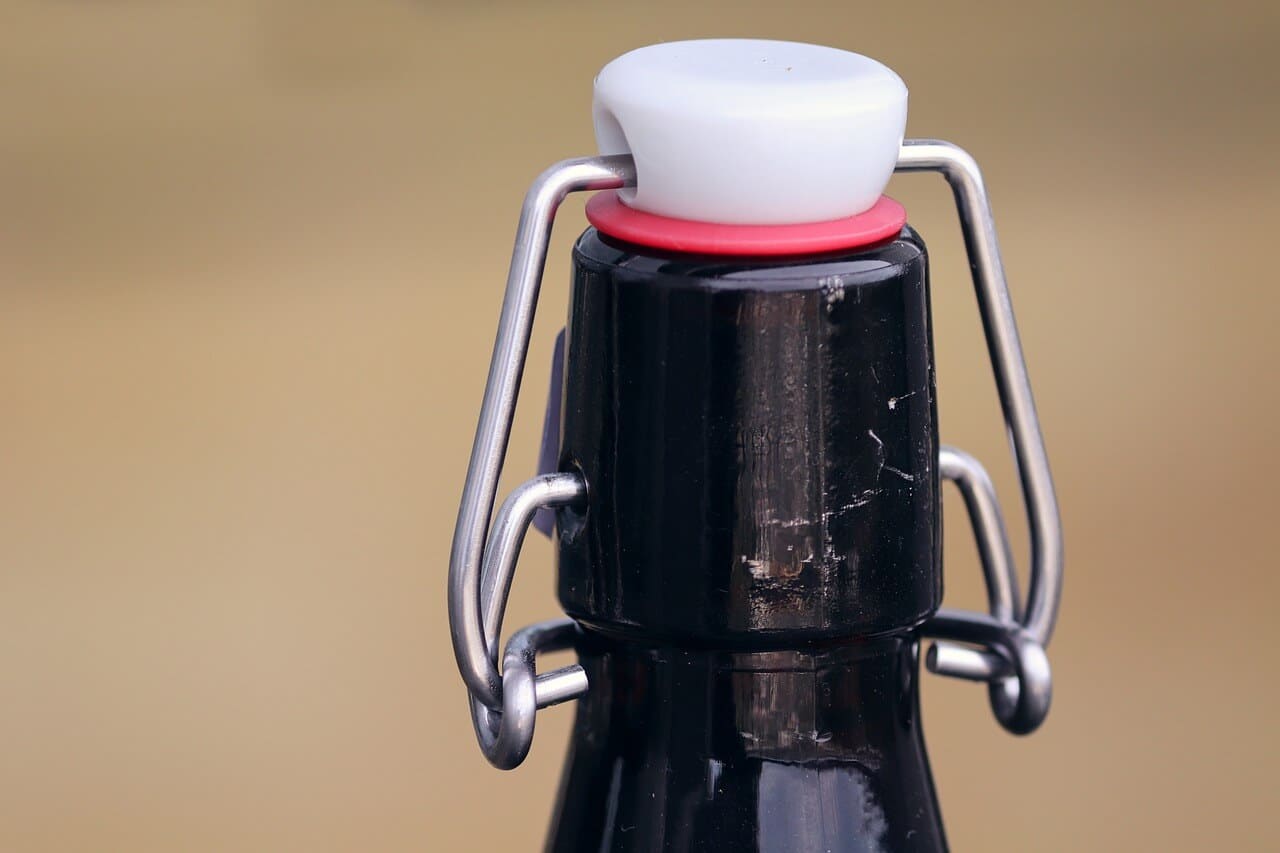Industrial Sewing Services Pricing: A Comprehensive Guide
Getting a handle on the ins and outs of industrial sewing services pricing is a big deal for your business. There’s a lot that goes into the final cost—from materials and labor to overhead expenses—that can really add up.
Read MoreHow Does a Fuel Tank Bladder Work?
A fuel tank bladder is a type of membrane that is used to hold hazardous liquids of all kinds, but especially fuel. These membranes are typically made of two layers of thermoplastic material. The membrane is made using a thermal-plastic welding process. The bladder functions as a separator in the tank, preventing leaks and spills […]
Read MoreThe Complete Guide to PVC Sealing and Welding
Radio frequency welding, also known as dielectric welding, is a plastic welding process that utilizes high-frequency electric fields for sealing plastic sheets together. This process allows manufacturers to join thermoplastic materials together and is especially useful for welding lap joints or seals on plastic sheets or plastic parts. This process is so effective that it’s […]
Read MoreInside the Fuel Bladders That Power High-Performance Race Cars
Auto Racing Fuel Bladder Table of Contents Introduction Materials and Technology Safety Innovations in Racing Customization for Racing Leagues Vinyl Technology Can Do All This and More In the adrenaline-fueled world of high-performance race cars, every component plays a critical role. Among these, auto racing fuel bladders stand out, quietly powering the machines that thrill […]
Read MoreThe Complete Guide to Marine Fuel Bladders
What is a Marine Fuel Bladder? The fuel tank is one of the most important parts of any device (usually a vehicle) that uses liquid fuel. It is where the gas is stored before it gets burned in an engine. We think of fuel tanks as metal structures, but this is not always the case. […]
Read MoreRF Welding vs Ultrasonic Welding: Key Differences Explained
Table of Contents Introduction Demystifying RF Welding Understanding Ultrasonic Welding RF Welding vs Ultrasonic Welding Side-by-Side Comparison Choosing the Right Welding Technology Vinyl Technology Can Help Did you know that choosing the wrong welding technique can risk your project and lead to expensive rework? There are various welding technologies and methods to choose from. Some […]
Read More5 Fast Facts About the Berry Amendment
The Berry Amendment is an interesting regulation that has been in place for decades to help make sure gear made for the US Department of Defense is made by American manufacturers. Here are five fast facts you need to know. Fact #1: Being Berry Amendment compliant was made to help American manufacturers. Laws passed by […]
Read MoreHow Do You Make a Hermetic Seal
You might have seen the phrase “hermetically sealed” before and wondered what it meant. It’s a common description from science fiction movies, where the characters convey just how sealed off a location or object is. It’s used a lot in marketing, too, for much of the same reason — “hermetically sealed” is another way of […]
Read MoreWhat is Vinyl Welding?
Heat sealing and welding are often used interchangeably when people talk about industrial sewing. Although there are multiple methods of joining fabrics like vinyl together, the end result of vinyl welding is the same: a waterproof and airtight hermetic seal. How Does RF Welding Work? Though it’s been around since at least the 1970s, RF […]
Read MoreWhat Are Space Suits Made Of?
It’s hard to believe that we have been venturing into space since the 1950s and yet, over seventy years later, we still have not sent humans beyond the moon. And while national commitments to space travel might wax and wane, private enterprise has taken the lead in the human exploration of space. From reusable rockets […]
Read More









